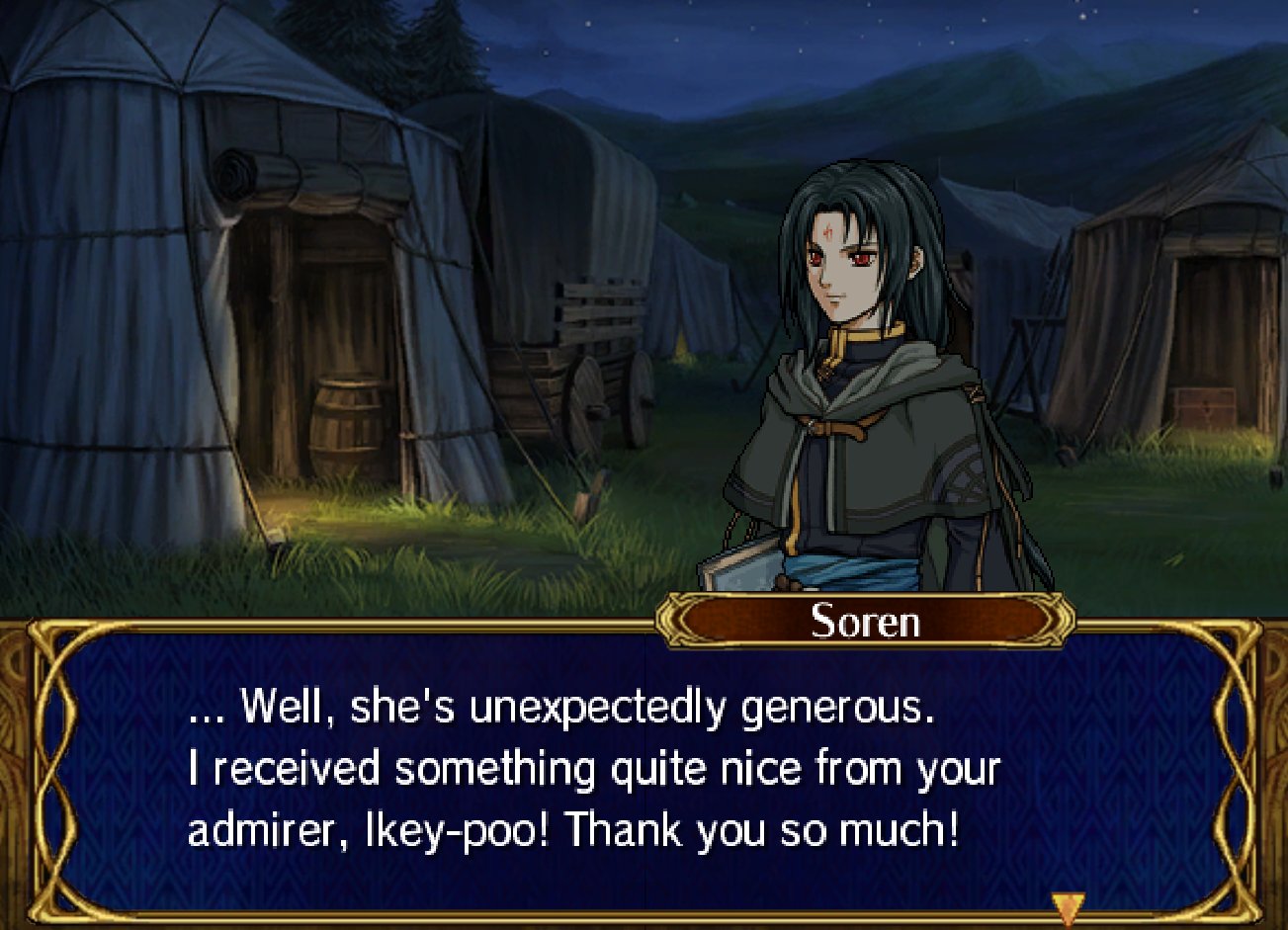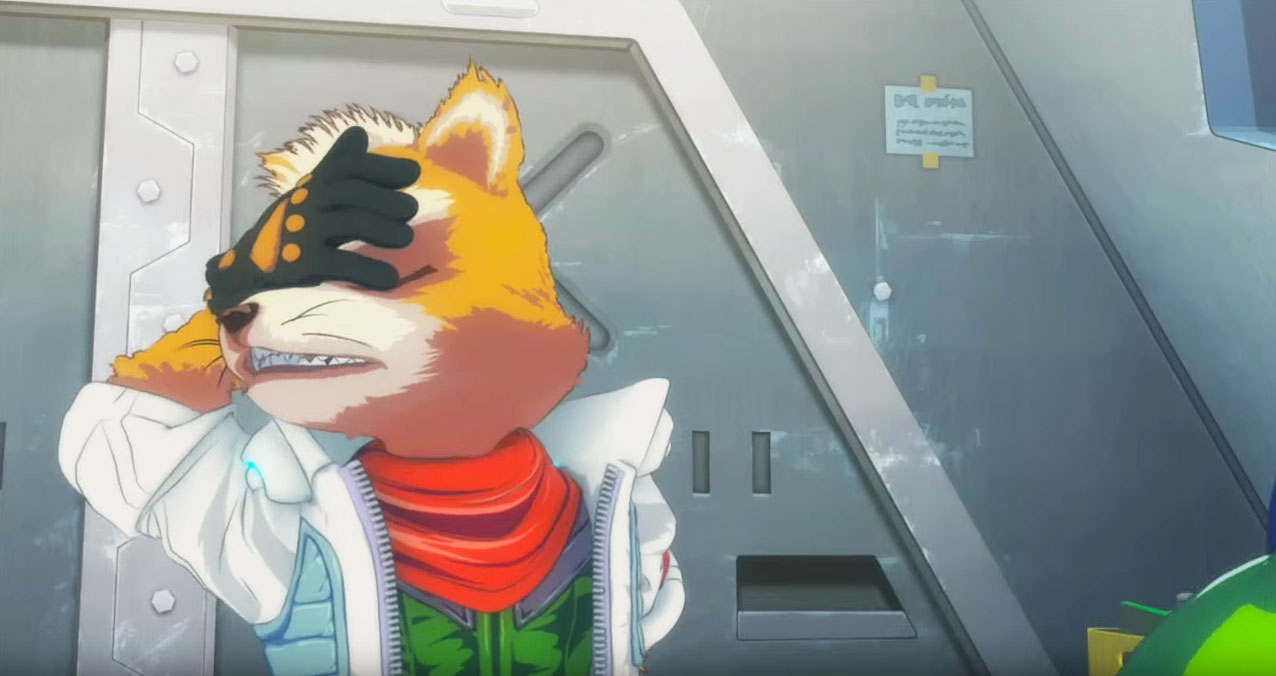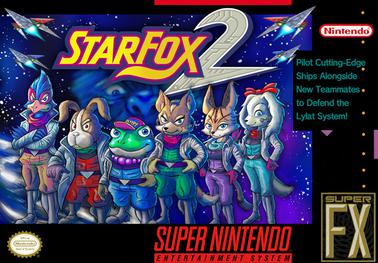 |
| Base conversations let you speak to characters, get lore, and even get rewards |
While interaction between units in the Fire Emblem series has always been around in some form, an actual classic support system has only been around since the fourth entry, and the more modern style of it has only been around since the sixth entry. Changes have been made to the system over time, but it has mostly been through iteration on the support system that The Binding Blade established. Supports exist as both a gameplay mechanic that provide buffs for fielding certain units together, and as a means to flesh out a large cast of characters, and their relationships. Whilst Awakening and Fates were especially focused on the romance aspect of supports, that system was not necessarily just a waifu / husbando simulator. Some maxed supports would end up in a bromance, in bittersweet endings, family bond, or other more platonic, but meaningful conversations. Nevetheless, supports come with a limitation; you can miss them, and you usually have limited access to them. You might not see all of them in a given playthrough.
The disadvantage with supports is that by having these
limitations, you may not be as exposed to the backstories, motivations, and
banter or certain characters, and your understanding of the game’s lore will be
heavily skewed towards the perspectives of a handful of favourites. I know for
a fact that I have grown to like some characters more through reading their
supports. Had I not read Felix’s supports from Three Houses, I would have
written him off as just another Navarre type edgelord. Having read them, I grew
to sympathize with his character on a deeply personal level, and he has been a
mainstay in my party in every route. Still, had I not fielded him, I wouldn’t
know about this, and I would not think much of him.
 |
| His support with Annette reminds me my own relationship |
These limitations were shattered in Path of Radiance with a
great narrative feature that complemented the already-present support system:
Base conversations. Path of Radiance (and Radiant Dawn) has your group move
around the continent, setting up camp at various locations. In between battles,
you can go and check up on conversations that various characters might be
having. Perhaps you get to learn more about the relationship between three
bickering brothers who actually care about each other, or the weird bromance
between a philanderer and a foul-mouthed archer with an attitude problem, or
the scheme of a tactician, conning a merchant with dubious love advice to get a
rare item while throwing his best friend under the bus. These conversations can happen between any numbers of characters,
and do not necessarily have to be “one on one”. They can also be timed to be at
specific moments in the story, or after a specific thing was done (like
recruiting someone, visiting a house with a specific character, etc…). This
allows these conversations to take into account where you are at in the story,
the location you are at, and other contextual elements. This serves to flesh
out character you might not be using as much, and grow to appreciate them more.
This also gives the player more knowledge about the world, and the group
dynamics in your army. The story might have been mostly told with still images,
but it made it more believable.
 |
| And thus, I could never take Ike seriously ever again |
Of course, there has been other attempts to rework supports
into doing almost the same thing. In Shadows of Valentia and Three Houses, some
supports will simply not trigger until you have reached a specific point in the
story, and they can even be missed altogether if you go past a certain point in
the narrative. Still, with the base conversations system, it was much harder to
miss most of them, because all you had to do was go through a menu for the vast
majority of them. When it comes to supports, you need to be using characters,
and placing them next to each other quite a bit. Any under-used characters will
just not be featured at all in any out-of-story conversations. And frankly,
having to build those supports by doing activities at the monastery in Three Houses, started
becoming tedious after a while. At some point, I just wanted to go back to
actually playing Fire Emblem, and not have to fish, to prepare a meal, and then
build support points. If I wanted to play Animal Crossing, I would play Animal
Crossing.
All in all, I’m always a fan of ease and expediency when it
comes to game design. It makes games more replayable, and lets the player indulge in the story as much as they wish to. Respecting the player’s time, and
giving them the chance to experience more of a world they are engrossed in is
always a plus to me. I think that supports are a great mechanic, but I also
think that they can work very well in conjunction with base conversations. From
a narrative perspective, this is the feature I miss the most.



